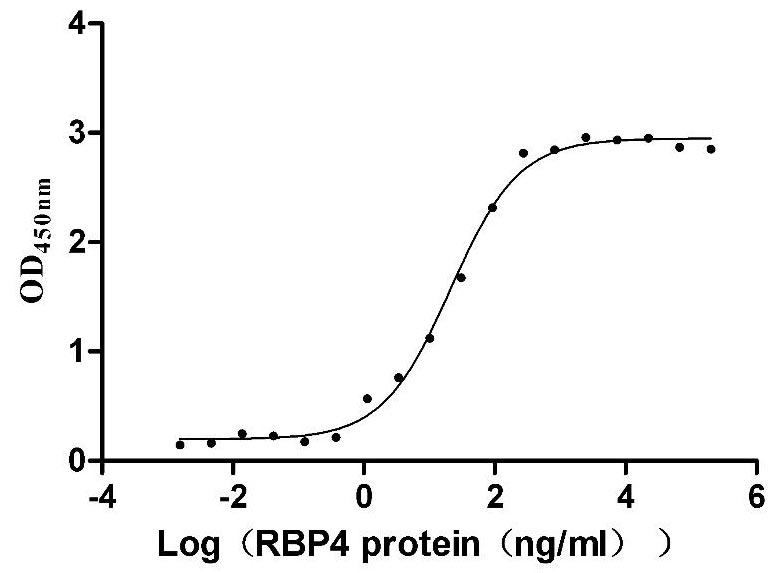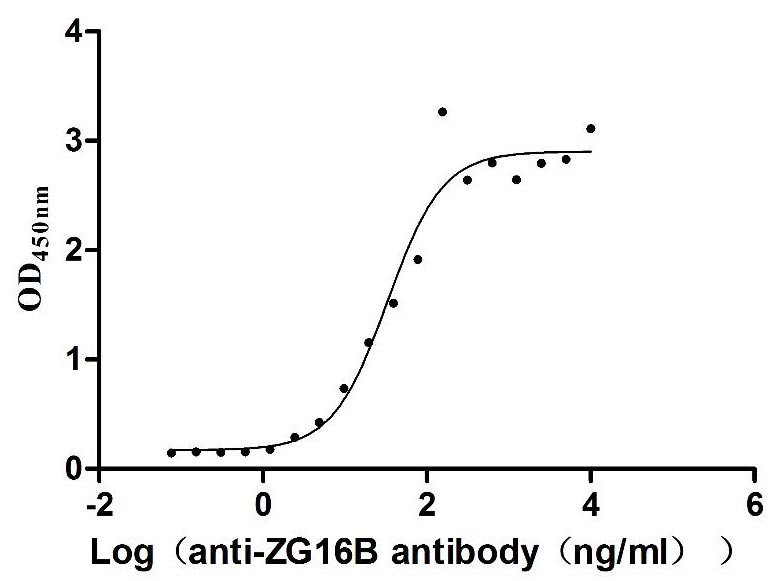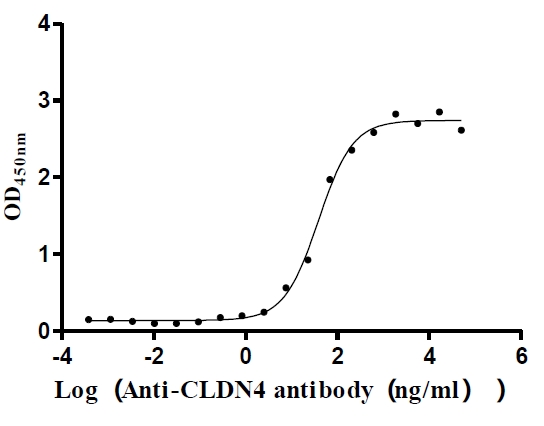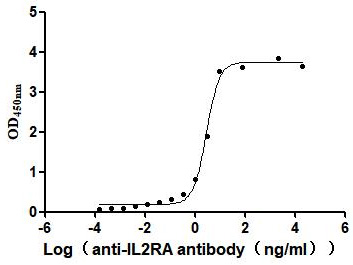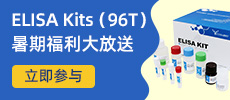Recombinant Mouse Potassium voltage-gated channel subfamily KQT member 4 (Kcnq4)
-
中文名稱(chēng):小鼠Kcnq4重組蛋白
-
貨號(hào):CSB-CF884939MO
-
規(guī)格:
-
來(lái)源:in vitro E.coli expression system
-
其他:
產(chǎn)品詳情
-
基因名:Kcnq4
-
Uniprot No.:
-
別名:Kcnq4; Potassium voltage-gated channel subfamily KQT member 4; KQT-like 4; Potassium channel subunit alpha KvLQT4; Voltage-gated potassium channel subunit Kv7.4
-
種屬:Mus musculus (Mouse)
-
蛋白長(zhǎng)度:full length protein
-
表達(dá)區(qū)域:1-696
-
氨基酸序列MAEAPPRRLGLGPPPGDAPRAELVALTAVQSEQGEAGGGGSPRRLGLLGSPLPPGAPLPG PGSGSGSACGGQRSSAAQKRYRRLQNWVYNVLERPRGWAFVYHVFIFLLVFSCLVLSVLS TIQEHQELANECLLILEFVMIVVFGLEYIIRVWSAGCCCRYRGWQGRFRFARKPFCVIDF IVFVASVAVIAAGTQGNIFATSALRSMRFLQILRMVRMDRRGGTWKLLGSVVYAHSKELI TAWYIGFLVLIFASFLVYLAEKDANSDFSSYADSLWWGTITLTTIGYGDKTPHTWLGRVL AAGFALLGISFFALPAGILGSGFALKVQEQHRQKHFEKRRMPAANLIQAAWRLYSTDTSR AYLTATWYYYDSILPSFRELALLFEHIQRARNGGLRPLEVRRAPVPDGAPSRYPPVATCH RPGSASFCPGESSRMGIKDRIRISSSQKRTGPSKQHLAPPPIPTSPSSEQVGEASSPSKV QKSWSFNDRTRFRASLRLKPRCSAEEGPSEEVAEEKSYQCELTVDDVMPAVKTVIRSVRI LKFLVAKRKFKETLRPYDVKDVIEQYSAGHLDMLGRIKSLQARVDQIVGRGPGDRKTREK GDKGPSDTEAVDEISMMGRVVKVEKQVQSIEHKLDLLLGFYSRCLRSGTSASLGTVQVPL FDPDITSDYHSPVDHEDISVSAQTLSISRSVSTNMD
Note: The complete sequence may include tag sequence, target protein sequence, linker sequence and extra sequence that is translated with the protein sequence for the purpose(s) of secretion, stability, solubility, etc.
If the exact amino acid sequence of this recombinant protein is critical to your application, please explicitly request the full and complete sequence of this protein before ordering. -
蛋白標(biāo)簽:N-terminal 10xHis-tagged
-
產(chǎn)品提供形式:Liquid or Lyophilized powder
Note: We will preferentially ship the format that we have in stock, however, if you have any special requirement for the format, please remark your requirement when placing the order, we will prepare according to your demand. -
緩沖液:Lyophilized from Tris/PBS-based buffer, 6% Trehalose, pH 8.0
-
儲(chǔ)存條件:Store at -20°C/-80°C upon receipt, aliquoting is necessary for mutiple use. Avoid repeated freeze-thaw cycles.
-
保質(zhì)期:The shelf life is related to many factors, storage state, buffer ingredients, storage temperature and the stability of the protein itself.
Generally, the shelf life of liquid form is 6 months at -20°C/-80°C. The shelf life of lyophilized form is 12 months at -20°C/-80°C. -
貨期:Basically, we can dispatch the products out in 1-3 working days after receiving your orders. Delivery time may differ from different purchasing way or location, please kindly consult your local distributors for specific delivery time.Note: All of our proteins are default shipped with normal blue ice packs, if you request to ship with dry ice, please communicate with us in advance and extra fees will be charged.
-
注意事項(xiàng):Repeated freezing and thawing is not recommended. Store working aliquots at 4°C for up to one week.
-
Datasheet & COA:Please contact us to get it.
相關(guān)產(chǎn)品
靶點(diǎn)詳情
-
功能:Probably important in the regulation of neuronal excitability. May underlie a potassium current involved in regulating the excitability of sensory cells of the cochlea.
-
基因功能參考文獻(xiàn):
- we provide strong evidence that Kv7.4 channels are a key modulator of the excitability of VTA dopaminergic neurons, which contributes to the development of depressive behaviour PMID: 28885682
- is concluded that K(V)7 channels, via nifedipine sensitive channels, have a role in the regulation of basal renal vascular tone. PMID: 25965962
- Kv7.4 currents are inhibited in a CB1 pathway repressed by endocannabinoid 2-AG PMID: 24927567
- REST as a crucial transcriptional regulator for the Kv7.4 potassium channel subunit. PMID: 23242999
- analysis of the vestibular role of KCNQ4 and KCNQ5 K+ channels revealed by mouse models PMID: 23408425
- In 2 different rat and mouse models of hypertension, the functional impact of Kv7 channels was dramatically downregulated. PMID: 21747056
- Data show that in early pregnant mouse myometrium, the relative abundance of mRNA expression was KCNQ3 > KCNQ4 > KCNQ5 > KCNQ1 > KCNQ2. PMID: 20132415
- evidence of the cellular etiology and mechanisms of SGN degeneration in DFNA2. PMID: 20739290
- KCNQ channels set the resting membrane potential of inner hair cells in the isolated organ of Corti and maintain [Ca2+]i at low levels PMID: 12657673
- primary defect leading to high-frequency loss in DFNA2 patients may be attributable to high levels of the dysfunctional Kcnq4_v3 variant in the spiral ganglion and inner hair cells in the basal hook region PMID: 16207888
- Auditory function declined over several weeks in Kcnq4-/- mice and over several months in mice carrying the dominant negative allele. PMID: 16437162
- Analyses of vestibular hair cells (HCs) of Bdnf conditional mutant mice, which are devoid of any innervation, demonstrate that regulation of Kcnq4 expression in vestibular HCs is independent of innervation. PMID: 17292869
- Murine blood vessels exhibit a distinctive expression profile of KCNQ1, KCNQ4, and KCNQ5, with 'neuronal' KCNQ4 dominating PMID: 17519950
- variations within the C terminus of splice variants produce profound differences in the voltage-dependent phenotype and functional expression of the channel PMID: 17561493
- Results provide support for KCNQ4- or KCNQ5-encoded channels having an important functional impact in the vasculature. PMID: 18536747
- K(v)7.4 and K(v)7.5 are expressed in different regions of the murine gastrointestinal tract and blockers of K(v)7 channels augment inherent contractile activity. PMID: 19389803
顯示更多
收起更多
-
亞細(xì)胞定位:Basal cell membrane; Multi-pass membrane protein. Note=Situated at the basal membrane of cochlear outer hair cells.
-
蛋白家族:Potassium channel family, KQT (TC 1.A.1.15) subfamily, Kv7.4/KCNQ4 sub-subfamily
-
組織特異性:In the inner ear expressed in the outer sensory hair cells of the cochlea and in type I hair cells of the vestibular organs. Also expressed in the postsynaptic membrane of the calyx nerve endings innervating type I cells. In the brain expressed in neurons
-
數(shù)據(jù)庫(kù)鏈接:
Most popular with customers
-
Recombinant Human Tumor necrosis factor receptor superfamily member 1B (TNFRSF1B), partial (Active)
Express system: Mammalian cell
Species: Homo sapiens (Human)
-
Recombinant Human Cytokine receptor common subunit beta (CSF2RB), partial (Active)
Express system: Mammalian cell
Species: Homo sapiens (Human)
-
Recombinant Human Claudin-18.2 (CLDN18.2)-VLPs (Active)
Express system: Mammalian cell
Species: Homo sapiens (Human)
-
Recombinant Mouse Transthyretin (Ttr) (Active)
Express system: Mammalian cell
Species: Mus musculus (Mouse)
-
Recombinant Human Pancreatic adenocarcinoma up-regulated factor (ZG16B) (Active)
Express system: Mammalian cell
Species: Homo sapiens (Human)
-
Recombinant Dog B-lymphocyte antigen CD20 (MS4A1)-VLPs (Active)
Express system: Mammalian cell
Species: Canis lupus familiaris (Dog) (Canis familiaris)
-
Recombinant Human Claudin-4 (CLDN4)-VLPs (Active)
Express system: Mammalian cell
Species: Homo sapiens (Human)
-
Recombinant Human Interleukin-2 receptor subunit alpha (IL2RA), partial (Active)
Express system: Mammalian cell
Species: Homo sapiens (Human)


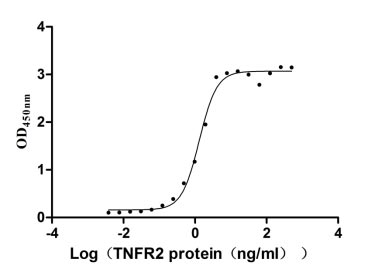
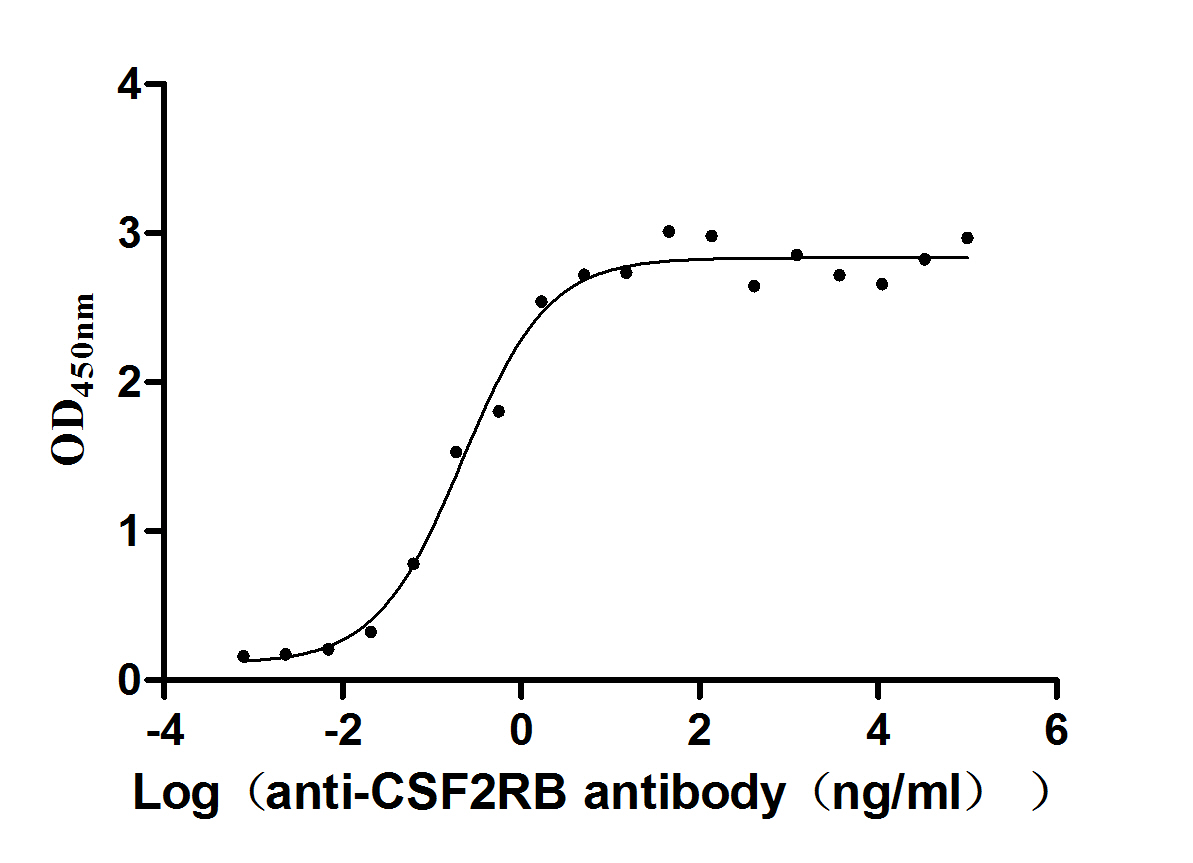
-AC1.jpg)
